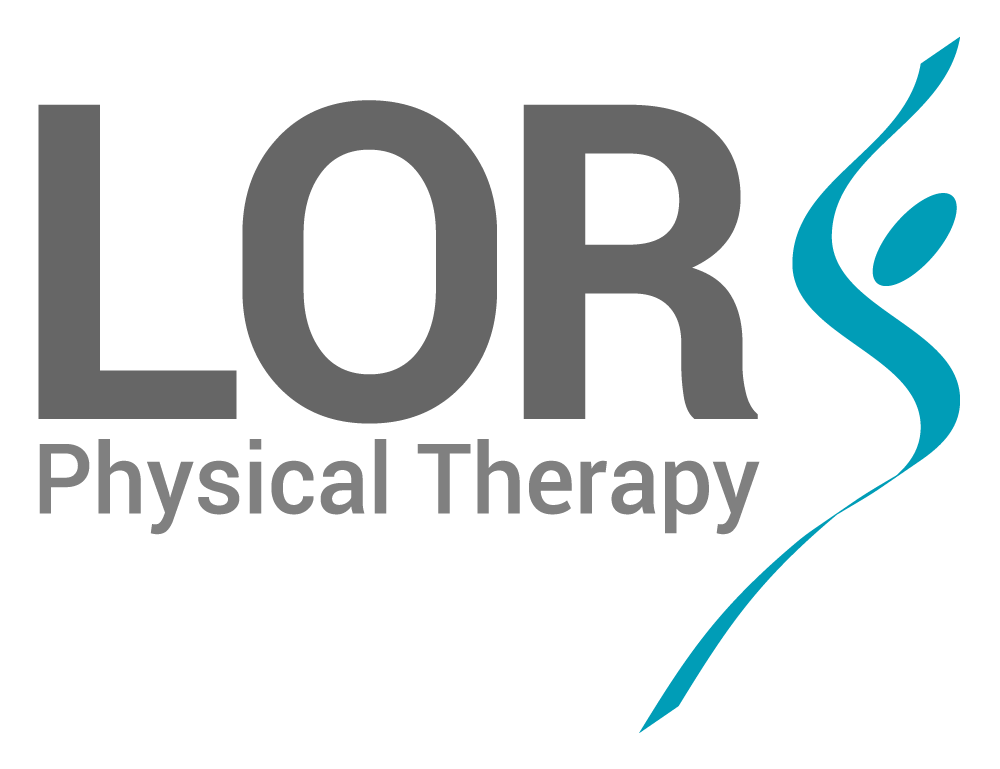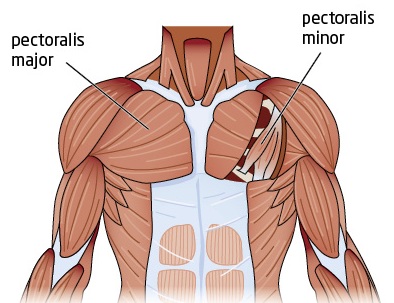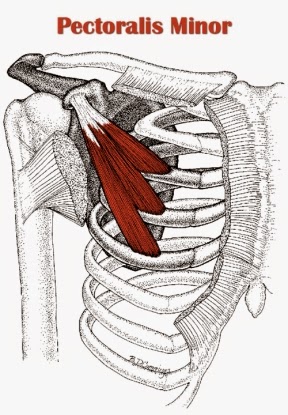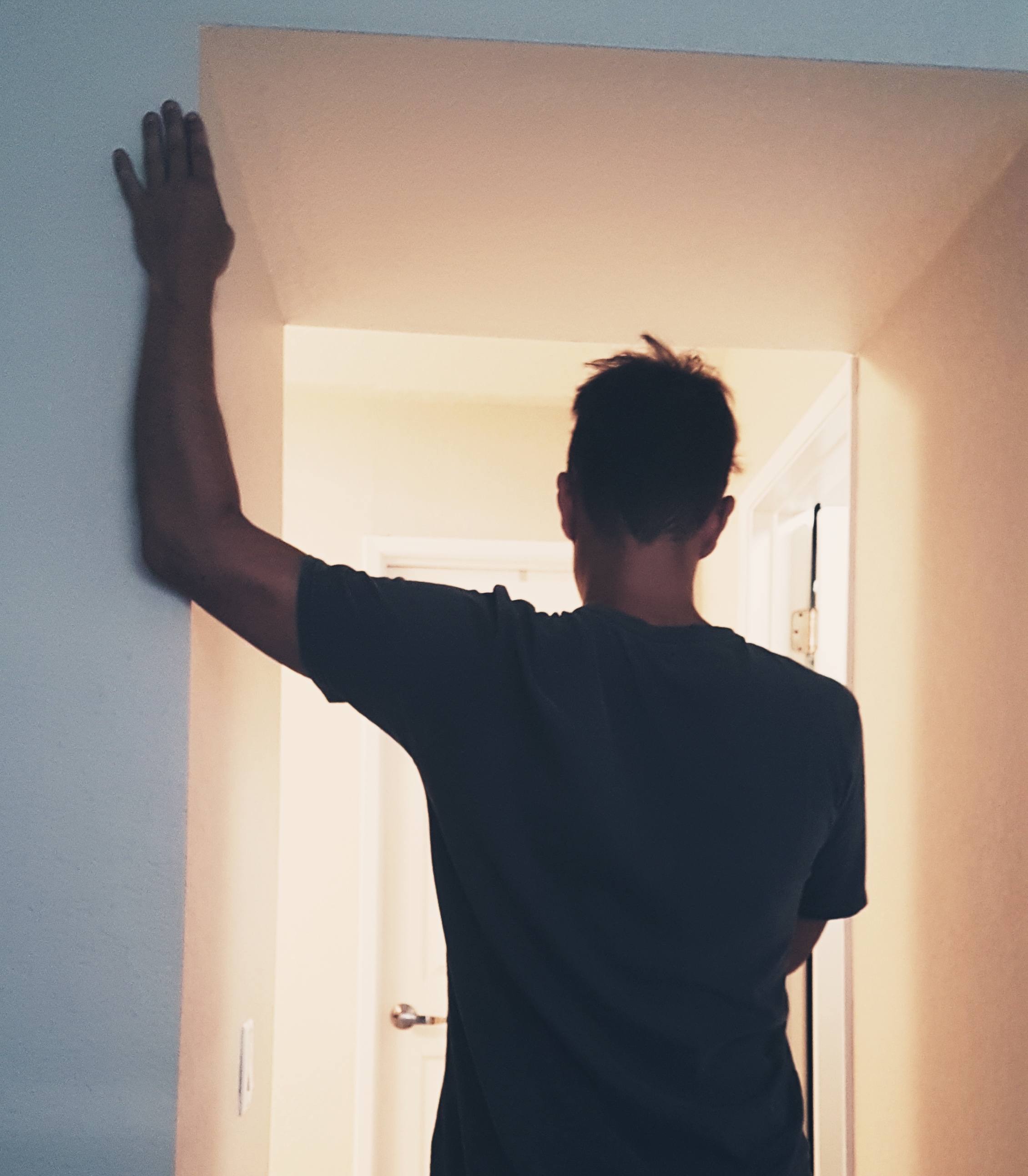Tight Chest Muscles: Why Your Upper Back Is the Key to Their Release
For those always looking to stretch your tight chest muscles, consider this:
There's a strong likelihood your upper back is at fault.
It may sound strange considering your chest muscles are at the front and your upper back is, well... at the back, but mechanically they share a strong, tangible link. One that’s often missed, but also simple to treat.
So much so that it's hard to expect to rid yourself of chest tightness without improving your upper back mobility as well.
And this important for a number of reasons. You may have noticed that your chest is tight through activity, the gym or simple use. For many others, you learn your chest is tight because it's contributing to shoulder or neck pain. Either way, it can often affect how you move and how you feel.
So join with us as we discuss why chest muscle tightness is likely a product of a stiff upper back and what should be done to get on top of it for good.
Anatomy Of The Chest Muscles
For those unaware, when referring to chest muscle tightness we often describe restriction in one of two main muscles.
Pectoralis Major
The Pectoralis Major - commonly referred to as the "pec", is the biggest of the chest muscles. It's a strong, powerful muscle that attaches from the upper arm to the front of the chest wall.
More specifically it anchors on to the front of the rib cage and sternum.
When describing chest "tightness" the Pec Major is often the one that's physically tight. This is the muscle most chest stretches will target.
Pectoralis Minor
The Pectoralis Minor is a much smaller and far less sexy chest muscle. But it just so happens to be tight on a lot of people. It can't really be seen, but its dysfunction can heavily contribute to a lot of shoulder issues.
The Pec Minor attaches from a small part of the shoulder blade and, like the Pec Major, anchors onto the rib cage at the front.
Cause of Chest Muscle Tightness
As you can probably tell from the description above, both chest muscles anchor to the front of the rib cage. Because of this, they’re at the mercy of how the rib cage is functioning. Any accrued rib cage dysfunction has a tendency to ask the chest muscles (and anything else that attaches to the rib cage) to help out and support.
Clinically, the number one cause of chest muscle tightness is a stiff upper back. Furthermore, this upper back stiffness is often a consequence of less than the perfect neck, shoulder, and upper back postures.
The more we slouch the more these areas have to react to the constant gravitational pull. And over time they are forced to stiffen. As this process continues the chest muscles begin to help support an overloaded ribcage from the front.
One of the great misdirects with the body is our ability to notice muscle tightness more than joint stiffness. A tight muscle has an obvious "pull" to it, whereas joint stiffness has nothing. It just restricts movement and creates consequences for the surrounding tissue. So it's far easier to notice a chest muscle pulling as opposed to upper back stiffness. And we often miss the underlying cause in the process.
The Chest Tightness Myth
Traditionally we blame tight chest muscles for pulling the shoulder forward into a bad posture. And this is still correct to a degree.
However, it is actually poor posture that originally creates the need for tight chest muscles in the first place (as described above). This, in turn, contributes to the shoulders being pulled forward in a downward spiral of dysfunction.
It may seem like semantics, but if you are trying to rid yourself of chest tightness altogether, you can't reach a permanent solution until you've addressed any original upper back stiffness and talked about those less than stellar postures.
How to Free Up Your Chest Muscles (and Keep Them Loose)
If you are looking for ways to loosen up your tight chest there are three simple things to consider. And if you don't want your chest muscle tightness to return its important to do them all.
Practice better upper body posture.
De-stiffen your upper back joints.
Stretch your tight chest muscles
After all, you can stretch those pecs all you like (and make some good change), but you can't expect to conquer it for good without mobilizing your stiff upper back and putting the tissue back into better postures.
Practice Better Posture
This speaks for itself but the key here is to re-align your neck, upper back, and shoulders into a more basic shape.
If you stand up and gently pull your shoulders back you will find a better position. Most people can get back into this shape quite easily, but find it hard to maintain when doing other things like working at a desk, driving a car, etc. It's these moments - the ones where you are concentrating on other things, where your shoulder posture can suffer the most. Check-in with yourself throughout the day to get a sense of where those shoulders are sitting. Remember, chest muscle tightness rarely exists with good postural habits.
Mobilize Your Upper Back
This takes a little time to do but is well worth the effort.
Take a lacrosse ball (like this), a tennis ball, a baseball or something similar and lie on your back or up against a wall. Place your ball of choice into space between your shoulder blades and the middle of your spine. Gently move it around until you find something tight, stiff and/or tender.
Now just let the ball rest there for a little while until you feel it give. Once you've had enough move the ball up, down and around and go hunting for more stiffness. It won't be hard to find.
Spend as much time as you can working through these stiff areas as the more you can do the faster you'll see results.
Note: Resist the urge to roll around on the ball as we are looking for a specific, constant pressure through the spinal joints and rib joints at the back.
Stretch Those Tight Pecs
Finally, changing your chest muscle tightness isn't complete without doing the obvious - literally stretching those tight pecs.
One of the easier and simplest ways of stretching your chest is with the door frame stretch.
All it requires is for you to place your forearm and elbow up against a door frame. You can move your arm up higher or lower depending on where you need to feel the stretch.
Once in this position, it's important to gently twist your trunk away from your arm and go looking for those tight spots. You can even dip your shoulder down a little to target higher up in the chest.
As with most stretches, it's important to periodically tense the areas that feel tight. This contract-relax method of stretching helps engage your brain and allows for better results.
Give this process a go for a minute or two.
Note: There's also nothing stopping you using a ball through the front of your chest either. It can be a good way to get to those hard to reach areas.
Conclusion
With all this being said, consider taking a step back and looking for the underlying cause of your chest muscle tightness.
Clinically, chest muscle tightness generally follows a pattern of poor postures and upper back stiffness. Things that need to addressed if hoping to make long-term change.
By all means, stretch those tight pecs as part of your warm-up, cool down or general mobility program, but just be aware that there's likely to be more to it than that.
If you or someone you know is dealing with tight chest muscles consider giving us a call on (949) 443-5442 and we can show you how it fits together. It may also be the missing piece to your long-term shoulder complaint.
If you have any questions please feel free to contact us via the form below!




